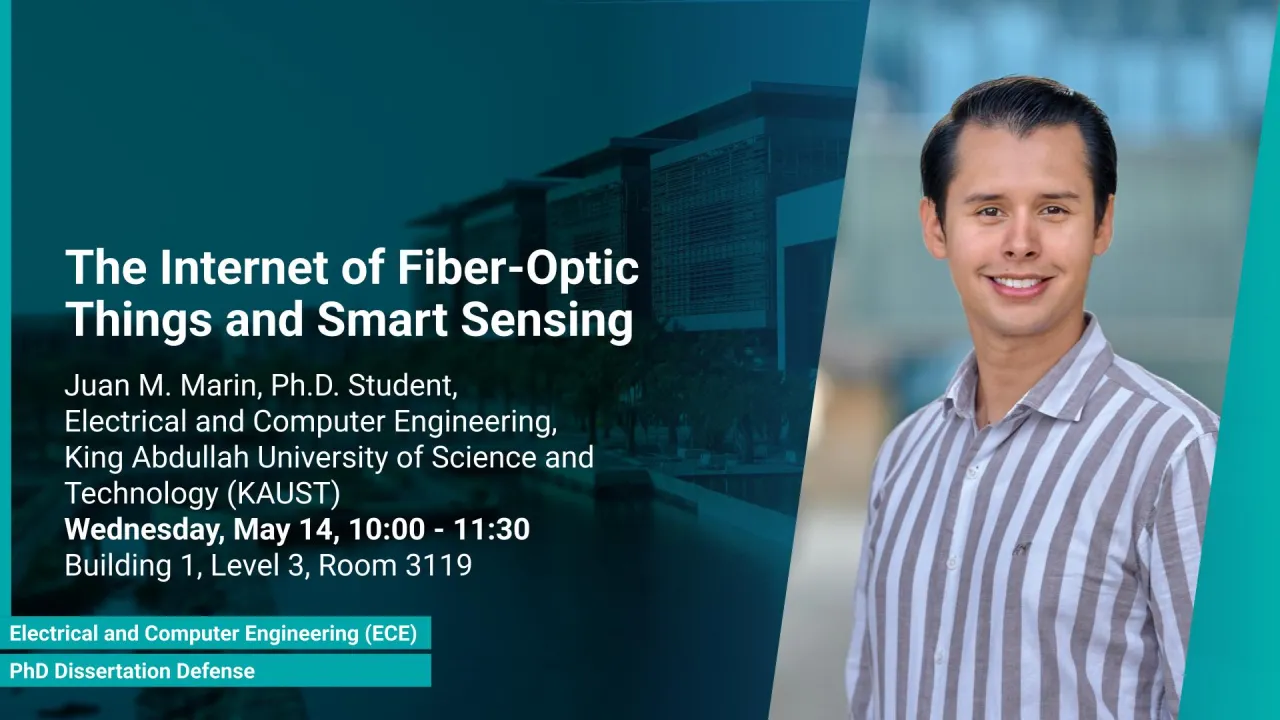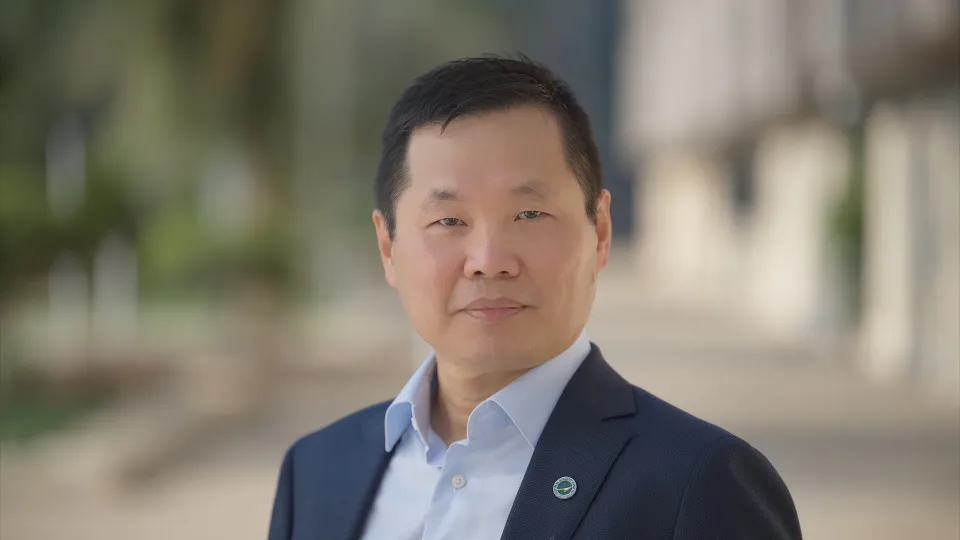
The Internet of Fiber-Optic Things and Smart Sensing
This dissertation introduces the Internet of Fiber-Optic Things (IoFOT)—a new concept where a single optical fiber handles data, power, and smart sensing simultaneously. Demonstrated applications include pipeline monitoring and marine life tracking, paving the way for the development of a worldwide smart observation network.
Overview
Optical fibers are regarded as the most efficient medium for supporting the exponential growth of multimedia traffic. However, the current demand has surpassed the fundamental capacity of single-mode fibers. In response, significant advancements have been made in multiplexing technologies, which not only enhance data transmission capacity but also enable optical fibers to perform diverse functionalities. These include power delivery and multi-parameter sensing, leveraging their exceptional sensitivity to environmental disturbances. Building on these advancements, this work introduces the Internet of Fiber-Optic Things (IoFOT), a paradigm where a single optical fiber concurrently supports optical communications, power delivery, and multi-parameter sensing, thereby extending the capabilities of traditional fiber-optic systems.
Considering this, the foundational contribution of this work lies in pioneering the integration of sensing and communications through space-division multiplexing (SDM), utilizing spatial channels in few-mode and multi-core fibers. Experimental results demonstrate the successful concurrent operation of these functionalities. Furthermore, this work envisions IoFOT as an extension of the Internet of Things (IoT), traditionally reliant on electrical supply. To this end, an energy harvesting unit was developed, comprising photo-electric conversion and storage at the fiber’s distal end, enabling the recycling of wasted energy from fiber-optic sensors to power IoT devices. Moreover, to validate the real-world applicability of IoFOT, the implementation of smart fiber-optic sensing took place as a solution for fault detection and post-repair monitoring in pipelines due to internal corrosion, enabling real-time assessment of metal loss progression through fiber-optic distributed acoustic pattern recognition and classification. Finally, this work reports the incorporation of smart fiber-optic sensing into the Internet of Fiber-Optic Things by embedding this technology into submarine telecommunication fibers through wavelength-division multiplexing (WDM) to identify the location of marine species, showcasing minimal crosstalk between both functionalities and sound identification accuracy surpassing 85%, which in turn highlights the premise held by this new paradigm to revolutionize marine biodiversity protection efforts and in general, to lead towards the development of a worldwide smart-observation network as part of the outcomes from the next generation of telecommunication networks.
Presenters
Brief Biography
Juan M. Marin is a Doctoral Candidate in Electrical Engineering at King Abdullah University of Science and Technology (KAUST). He received his B.S. degree in Electrical Engineering from the National University of Colombia in 2021. He is currently a postgraduate researcher with KAUST Photonics Laboratory.
His research focuses on the development of Integrated Sensing and Communications (ISAC) as a fundamental asset for the next generation of fiber-based telecommunication networks, endowing optical fibers with multi-parameter sensing and pattern recognition capabilities enabled by machine learning algorithms. In addition to this, his work envisions incorporating fiber optics into the Internet of Things (IoT) by enabling simultaneous power delivery and energy harvesting in fiber-optic networks.

